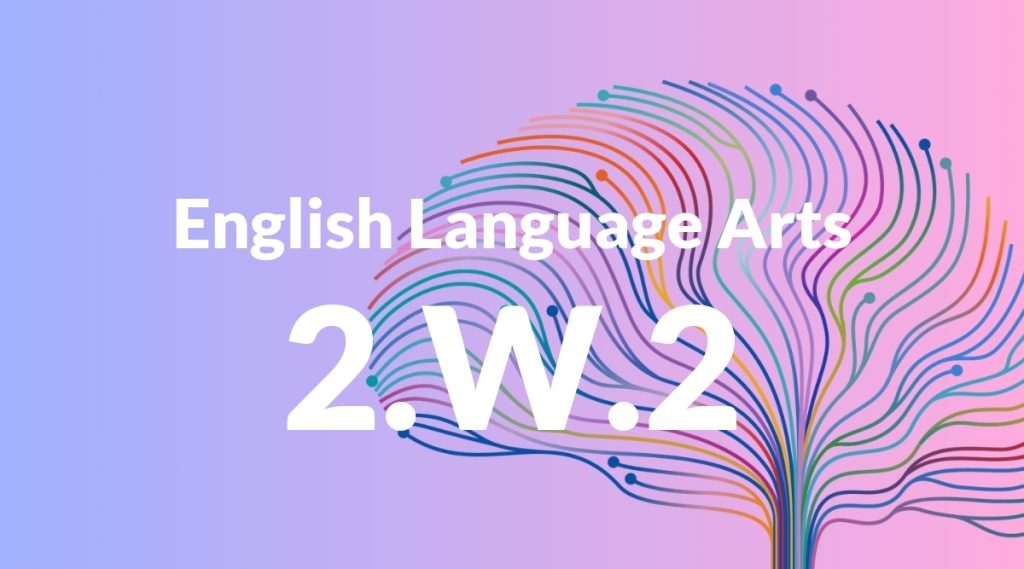Standard: 2.W.2 – Write informative/explanatory texts in which they introduce a topic, use facts and definitions to develop points, and provide a concluding statement or section.
Grade level: Grade 2
Subject: English Language Arts
Domain: Writing
Teacher Overview
This standard focuses on developing students’ ability to write informative and explanatory texts. It is crucial as it lays the foundation for more advanced writing skills, helping students to organize their thoughts, present information clearly, and support their points with facts and definitions. Students should be able to write simple sentences and understand the difference between facts and opinions. They should also have some experience with identifying main ideas and supporting details in texts.
After mastering this standard, students will be able to write more detailed and structured essays. They will also be able to use a wider range of text features, conduct simple research projects, and develop skills in revising and editing their work.
Common Misconception 1
A common misconception is that students may include personal opinions in their informative texts. This is incorrect because informative texts should be based on factual information rather than personal beliefs or feelings.
Intervention 1
To remediate this misconception, provide clear examples and non-examples of informative texts. Engage students in activities where they sort statements into ‘fact’ and ‘opinion’ categories, reinforcing the distinction.
Common Misconception 2
Another misconception is that students might think a concluding statement is optional. This is incorrect because a concluding statement helps to wrap up the text and provide closure to the reader.
Intervention 2
Use mentor texts to illustrate effective concluding statements. Provide students with templates and practice opportunities to write their own conclusions, emphasizing the role of a conclusion in summarizing the main points.
Prerequisite Knowledge
Students should be familiar with basic sentence structure, have a foundational understanding of nouns and verbs, and be able to write simple sentences. They should also have experience with identifying main ideas and supporting details in texts.
Subsequent Knowledge
After mastering this standard, students will be able to write more detailed and structured essays, use a wider range of text features (e.g., headings, diagrams), and conduct simple research projects. They will also develop skills in revising and editing their work.
Instructional Activities
- Writing a short report about a favorite animal
- Creating an informational poster about a community helper
- Composing a simple ‘how-to’ guide for a class project
- Writing a summary of a book read in class
- Creating a fact sheet about a historical figure




